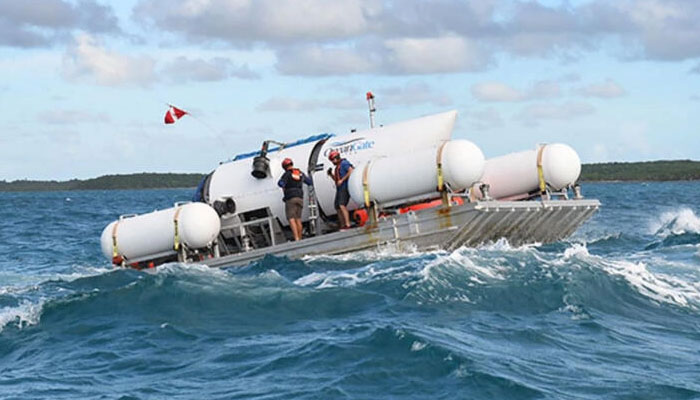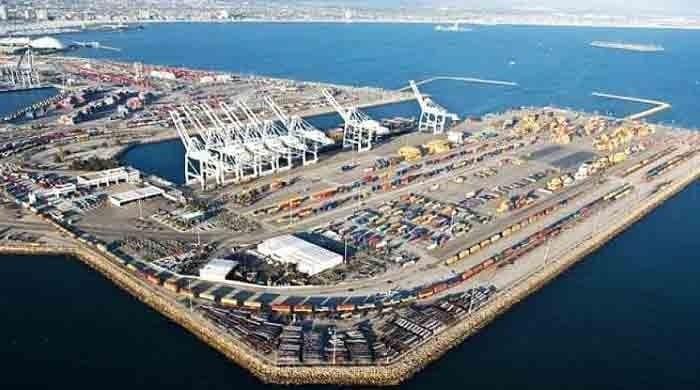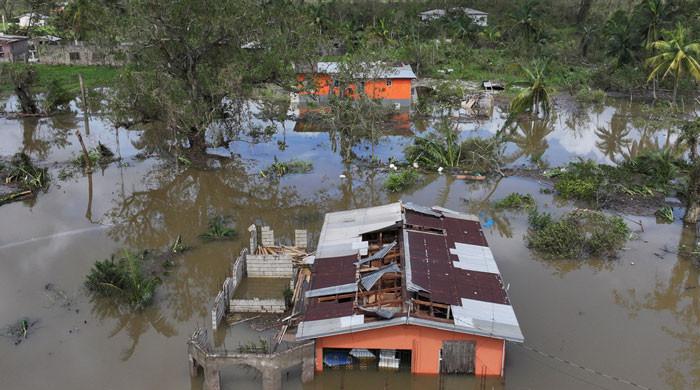Search intensifies as missing submsersible to run out of oxygen at 7am EST
US Coast Guard is facing tremendous logistical challenges as they strive to locate the submersible and initiate a rescue operation
June 21, 2023

A deep-diving tourist submersible, the Titan, has gone missing near the wreckage of the Titanic in the North Atlantic. The most critical factor commanding immediate attention is the dwindling oxygen supply in the submersible, estimated to reach depletion by 7am EST.
As the clock ticks down, the stakes intensify, leaving little time to spare for the five-person crew on board.
The US Coast Guard is facing tremendous logistical challenges as they strive to locate the submersible and initiate a rescue operation.
The Titan was on a mission to explore the famous Titanic wreck when it lost contact with the chartered research ship on Sunday morning. With the vessel already more than halfway into its dive, concern over the crew's safety intensified. The search area encompasses an expanse larger than the state of Connecticut, but thus far, no results have been yielded. Additional ships and aircraft are being deployed to aid in the search efforts.
The recovery process poses its own set of challenges. Even the most skilled divers can only safely reach depths of a few hundred feet, while the submersible is located over two miles below the surface. The US Navy employs remote-operated vehicles to retrieve objects from such depths, but the ships carrying these vehicles typically move at a maximum speed of about 20 miles per hour. The Titanic wreck lies approximately 370 miles off the coast of Newfoundland, Canada, necessitating careful coordination and time-sensitive planning.
Among the five individuals aboard the Titan, four have been identified so far. They include Hamish Harding, a British businessman and explorer, Shahzada Dawood, a British-Pakistani businessman, and his son Suleman, as well as Paul-Henri Nargeolet, a French maritime expert with extensive experience at the Titanic wreck site.
The Titan is operated by OceanGate Expeditions, a company offering high-risk tours of the Titanic wreck since 2021. The submersible's occupants were embarking on a journey to the site of one of history's most renowned shipwrecks. The tragedy of the Titanic continues to captivate public interest, and misinformation about the event persists.
The exact reasons for the loss of contact between the submersible and the research vessel remain unclear. Furthermore, it is unknown whether the Titan is capable of transmitting a distress signal, adding further complexity to the rescue operation.
A massive search and rescue operation, involving both US and Canadian Coast Guard resources, is currently underway. The clock is ticking as rescue teams race against time to locate the missing tourist submersible and its crew, their lives hanging in the balance deep below the Atlantic's turbulent surface.











